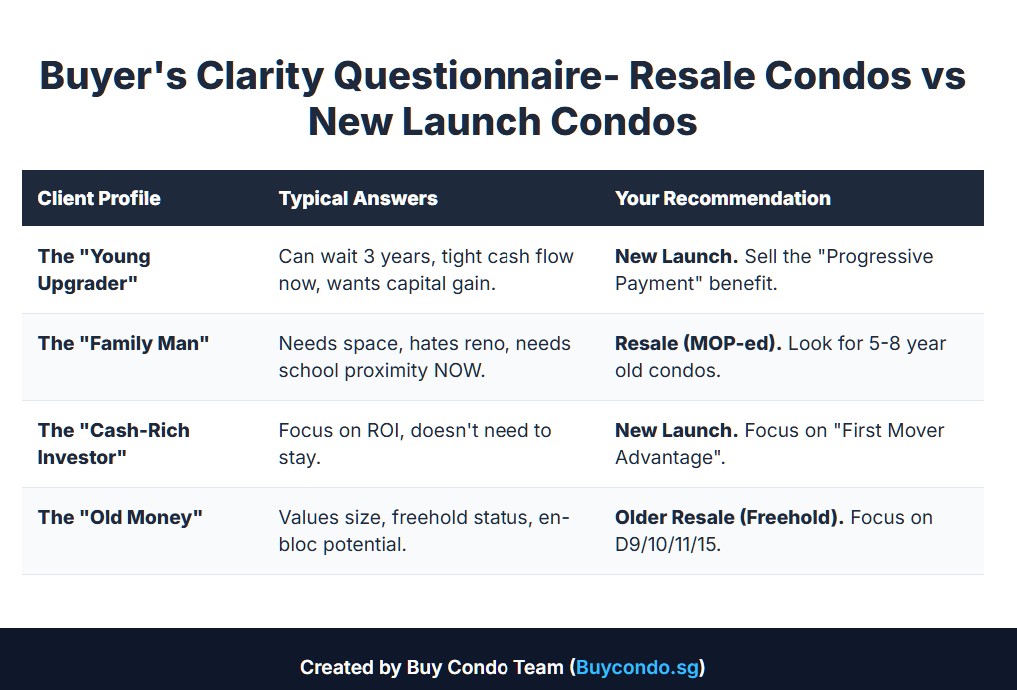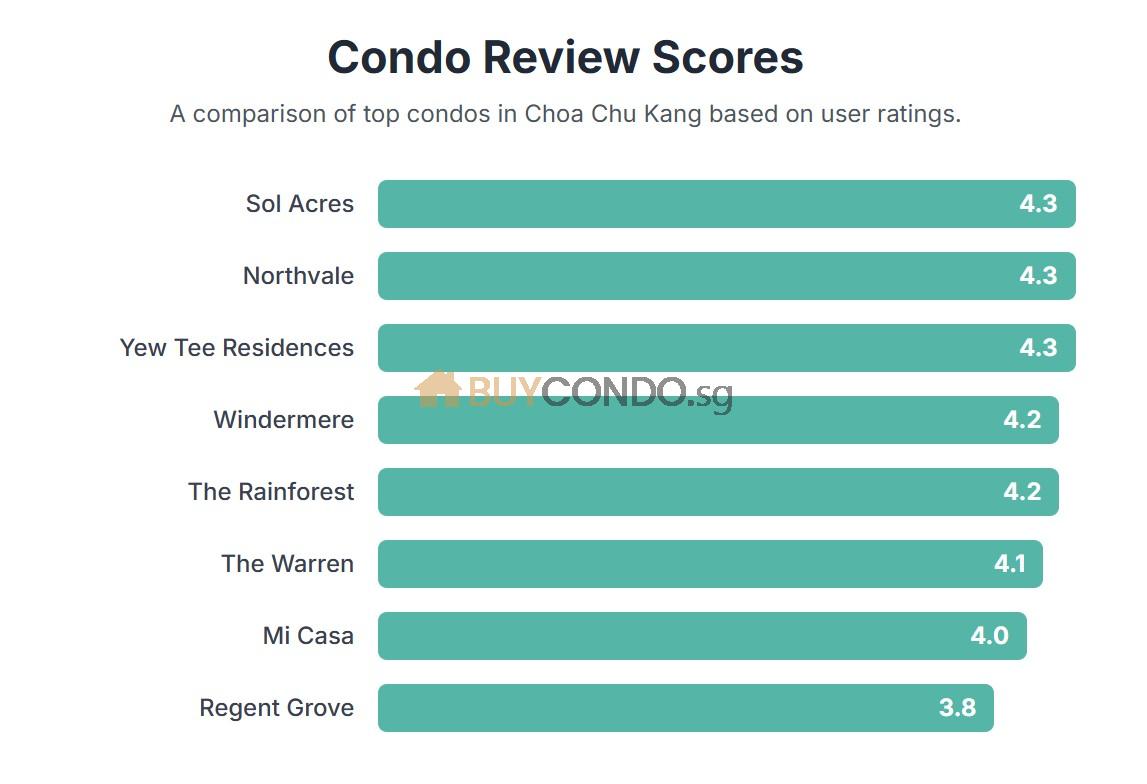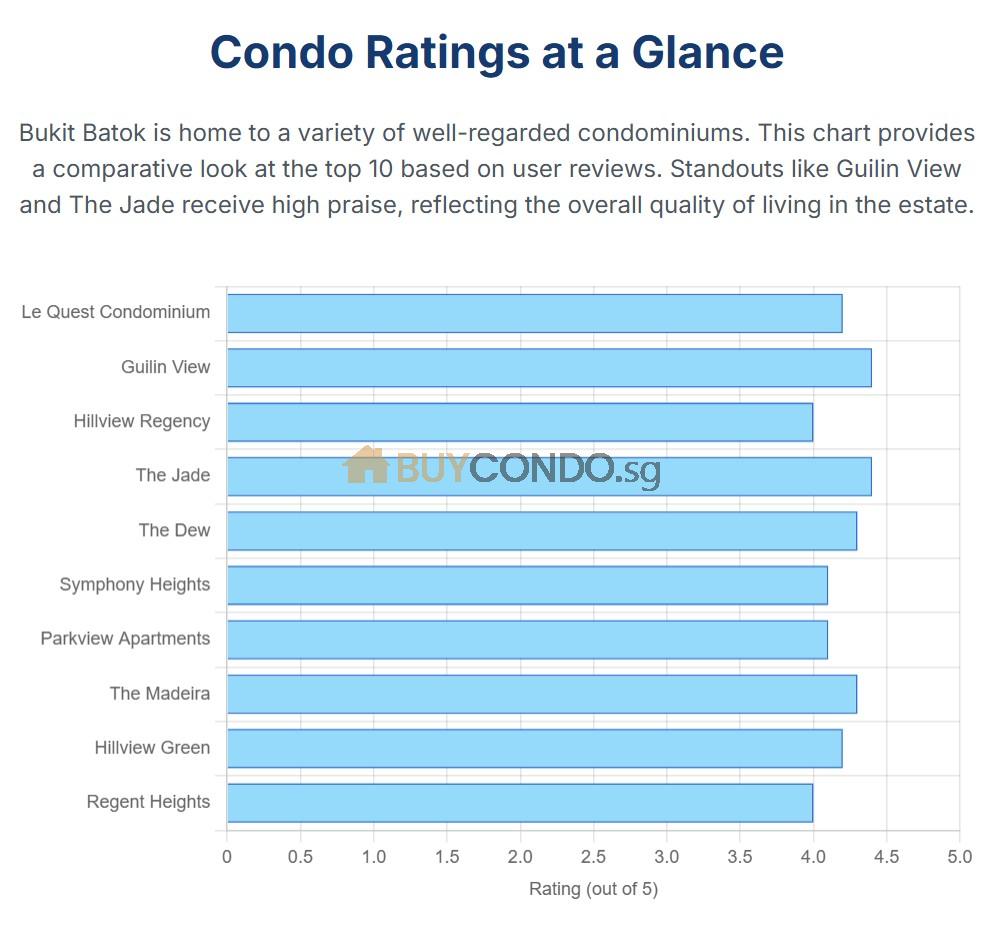Rental Yield vs Capital Gains
Understanding Rental Yield and Capital Gains in Property Investment: Exploring the importance of both rental yield and capital gains, their differences, pros and cons, and the benefits of achieving a balanced approach in real estate investment.
Understanding Rental Yield
Rental yield, a fundamental metric in real estate investment, offers valuable insights into the potential return on investment by representing the ratio of the annual rental income to the cost of the property. For instance, consider a property that generates an annual rental income of $50,000 and was purchased for $1,000,000. The rental yield for this property would be calculated as ($50,000 / $1,000,000) * 100, resulting in a rental yield of 5%. This calculation illustrates the significance of rental yield in assessing the income-generating potential of a property in relation to its acquisition cost.
Net rental yield, another crucial aspect of rental yield, measures the rental income against the total costs of the property, including mortgage interest rates, maintenance fees, and stamp duties. For example, if a property incurs $10,000 in annual expenses, the net rental yield can be calculated by deducting these expenses from the annual rental income and then dividing the resulting amount by the total cost of the property. Understanding net rental yield enables investors to gain a comprehensive view of the property’s performance, factoring in all associated costs to determine the actual income generated.
It is important to recognize that rental yield is not the sole aspect of property investment and should be considered in the context of other crucial details, such as rentability, capital gains, foreign influx, and the impact of upcoming supply. For instance, foreign influx and the impact of upcoming supply can significantly affect rental yield, highlighting the need to consider multiple factors in property investment decisions. Therefore, while rental yield is a vital metric, it should be evaluated alongside other essential aspects to make well-informed and strategic investment decisions.
Understanding Capital Gains
Capital gains, a pivotal component of real estate investment, signify the increase in the value of a property or investment over time, presenting an alternative avenue for generating returns aside from rental income. An example of capital gains in action can be observed in a property that was purchased for $1,000,000 and later sold for $1,200,000, resulting in a capital gain of $200,000. This gain showcases the potential for wealth accumulation through the appreciation of property values over time.
Capital gains play a significant role in offsetting low rental yields, as the increase in the property’s value can compensate for lower rental income. For instance, in an instance where a property experiences a modest rental yield due to market conditions, the potential for capital gains can serve as a strategic advantage, enabling investors to realize profits through the appreciation of the property’s value. Understanding the dynamics of capital gains is essential for investors to leverage the long-term wealth accumulation potential offered by property appreciation.
Moreover, capital growth allows an investor to leverage an asset to expand their property portfolio, underscoring its potential for long-term wealth creation and financial growth. For example, an investor who strategically acquires properties in appreciating markets and benefits from substantial capital growth can utilize the accrued wealth to further expand their property portfolio, amplifying their overall investment potential.
 Differences between Rental Yield and Capital Gains
Differences between Rental Yield and Capital Gains
The distinction between rental yield and capital gains lies in their focus and purpose within real estate investment. Rental yield primarily centers on the annual rental income and its ratio to the property cost, providing insights into the property’s cash flow potential. In contrast, capital gains emphasize the increase in property value over time, offering potential profits upon the property’s eventual sale. Understanding these differences is essential for investors to leverage both metrics effectively in their investment strategies.
Furthermore, while rental yield is more about cash flow, providing regular income, capital gains focus on the asset’s value appreciation, offering potential profits upon sale. This distinction highlights the complementary nature of these metrics, as rental yield contributes to regular income generation, while capital gains offer the potential for wealth accumulation through property appreciation. By recognizing the unique advantages of each, investors can tailor their investment strategies to optimize their overall returns.
Both rental yield and capital gains are important components of property investment, each serving different purposes and offering distinct advantages. Therefore, investors should recognize the value of integrating both metrics into their investment strategies to capitalize on the diverse benefits they offer.
Pros and Cons of Focusing on Rental Yield
Focusing on rental yield can provide a steady stream of income, which is attractive for investors seeking regular cash flow from their properties. For example, an investor who prioritizes properties with high rental yields may benefit from a consistent income stream that contributes to their overall financial stability. However, there are risks associated with solely focusing on rental yield, such as potential drawbacks in buying properties solely for high yields without considering other critical factors like property condition and location. This scenario emphasizes the importance of maintaining a balanced approach and considering various aspects of a property’s potential rather than solely prioritizing rental yield.
Extreme decisions, such as purchasing very small or aging properties for high yields, can be risky for new investors, highlighting the potential downsides of an overly narrow focus on rental yield. Therefore, while rental yield is an essential consideration, investors should exercise prudence and consider the broader context of a property’s investment potential to mitigate risks and optimize their returns.
Pros and Cons of Focusing on Capital Gains
Focusing on capital gains offers the potential for substantial profits in the long run, especially in appreciating property markets, presenting an opportunity for wealth accumulation. An example of this can be observed in a scenario where an investor strategically acquires properties in a rapidly appreciating market and realizes significant profits upon the sale of these properties due to their increased value. However, relying solely on capital gains may pose challenges in generating regular income, particularly for investors depending on property investments for cash flow. It is crucial for investors to strike a balance between the potential for long-term wealth accumulation and the need for regular income to meet their financial objectives.
Capital growth can earn exponentially more than rental income in the long run, showcasing its potential for significant wealth creation over time. By recognizing the distinct advantages and limitations of focusing on capital gains, investors can strategically integrate this metric into their investment approach to optimize their overall returns.
 Balancing Rental Yield and Capital Gains
Balancing Rental Yield and Capital Gains
Achieving a balance between rental yield and capital gains can offer the benefits of both regular income and long-term wealth accumulation, providing a diversified and robust approach to property investment. For instance, an investor who strategically acquires properties with a balance of rental yield and potential for capital gains can benefit from a consistent income stream alongside the potential for wealth accumulation through property appreciation. This balanced approach fosters a comprehensive investment strategy that aligns with an investor’s financial goals and risk tolerance.
A well-chosen property has the potential to earn rental income and achieve capital growth, emphasizing the advantages of pursuing a balanced strategy. By striking a balance between rental yield and capital gains, investors can mitigate the risks associated with relying solely on one aspect of property investment and capitalize on the unique advantages offered by both metrics. This balanced approach promotes a comprehensive investment strategy that aligns with an investor’s financial objectives and risk tolerance.
Factors to Consider when Choosing between Rental Yield and Capital Gains
When deciding between rental yield and capital gains, investors should consider several crucial factors to make informed investment decisions. Evaluating rentability, high vacancies, turnover rates, surrounding developments, development size, and the overall appreciation of the property is essential for gaining a comprehensive understanding of its investment potential. For instance, an investor considering a property in a rapidly growing area with high potential for appreciation may prioritize capital gains, while another investor focusing on generating consistent income may prioritize rental yield.
Aligning investment strategy with personal financial goals and risk tolerance is crucial, as different investors may prioritize regular income, long-term wealth accumulation, or a balanced approach based on their unique circumstances. Therefore, understanding individual investment objectives and risk appetite is essential for tailoring an investment strategy that aligns with an investor’s specific goals and preferences.
Consulting a trusted property professional is indispensable for sound property investment advice, as experts can provide valuable insights tailored to individual investment objectives and market conditions. By leveraging the expertise of professionals in the real estate industry, investors can gain a deeper understanding of the market dynamics and make well-informed decisions that align with their investment goals and risk appetite.
Conclusion : Rental Yield vs Capital Gains
In conclusion, achieving a balance between rental yield and capital gains is vital for making informed and strategic real estate investment decisions. By understanding the unique advantages and limitations of both metrics and considering various factors such as rentability, property appreciation, and market dynamics, investors can develop a comprehensive investment approach that aligns with their financial objectives and risk tolerance. It is crucial for investors to recognize the value of integrating both rental yield and capital gains into their investment strategies to optimize their overall returns and capitalize on the diverse benefits they offer.
Work with a good Property Manager in Singapore; they will be able to advise you which location has a better chance of getting good tenants and which properties are undervalued.















